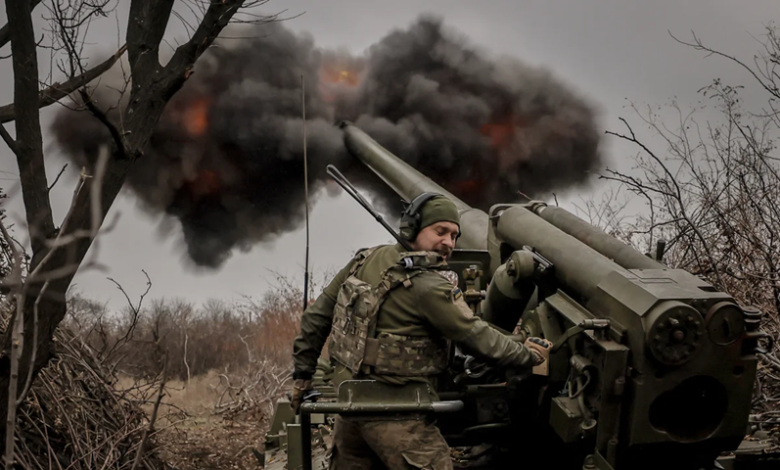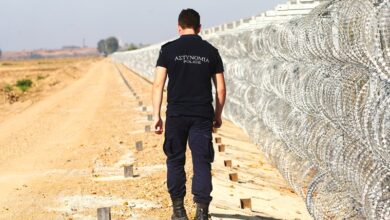World’s conflict zones increased by two-thirds in past three years, report reveals

According to a recent research, the percentage of the world that is engaged in conflict has increased by 65% in the last three years, which is roughly twice the size of India. According to the most recent Conflict Intensity Index (CII), which was released by risk researchers Verisk Maplecroft, since 2021, violence and instability have expanded and became more intense in Ukraine, Myanmar, the Middle East, and a “conflict corridor” encircling Africa’s Sahel area. Although there was a brief dip in conflict levels during the COVID-19 pandemic, analysts argue that violence has been on the rise for at least ten years, and many chronic crises are still going strong.
According to the report, the equivalent of 6.15m sq km (2.4m sq miles) is afflicted by fighting between or within states, meaning 4.6% of the world’s landmass is now affected by conflict compared with 2.8% in 2021, with the number of deaths in conflict rising by 29%. In total, 27 countries, including Ecuador, Colombia, India, Indonesia and Thailand, have experienced a significant increase in risk since on the CII since 2021.
Recent conflicts have had a significant impact on businesses, economic growth, and food security, according to Hugo Brennan, research director at Verisk Maplecroft. For example, Russia’s invasion of Ukraine disrupted supply chains, endangering grain exports to the Middle East and Africa, and Houthi rebels from Yemen attacked ships shipping in the Red Sea.According to the research, warfare between or within states affects 6.15 million square kilometers (2.4 million square miles), or 4.6% of the world’s landmass, up from 2.8% in 2021. Conflict-related deaths have also increased by 29%. Since 2021, a total of 27 countries—including Ecuador, Colombia, India, Indonesia, and Thailand—have seen a notable rise in risk.
According to the report, violence has increased in the last three years along a “conflict corridor” that stretches from Mali to Somalia and spans the Sahel and Horn of Africa. According to the report, there have been widespread outbreaks of violence in Ethiopia and Sudan, and 86% of Burkina Faso is currently enmeshed in conflict.470 million children worldwide are impacted by wars, including those in Ukraine, Sudan, Gaza, and Lebanon, with grave consequences that go beyond death and damage, according to Angela Rosales, CEO of SOS Children’s Villages International, an organization that aids children who have been separated from their family.
“Children in conflict-affected areas are at risk of losing family care if their homes are destroyed, parents are killed or if they become separated when fleeing violence,” she said. “They are especially vulnerable to exploitation, enslavement, trafficking and abuse.”
Prof Clionadh Raleigh, president of civilian harm monitor Acled (Armed Conflict Location and Event Data), said that while new conflicts were emerging, with a 27% rise in violent events since the Ukraine war, older conflicts were also persisting.
“There are far fewer conflicts ending or becoming less intense and there are far more of them cropping up,” she said, highlighting that in countries such as Myanmar, with numerous armed rebellions involving smaller groups, it was difficult to reach an all-encompassing peace settlement. “These smaller conflicts, they tend to be able to evolve, and they’re very flexible to the political system they find themselves in. So they can be very difficult to end.”
According to Raleigh, she is worried that violence would only rise because of the tensions between Iran and Israel as well as the tendency for those who carry out assassinations and coups or militias who use violence to seize power to act without fear of repercussions. There are patterns of increasing violence when compared to 2010, which featured peaks in Syria and Iraq in the middle of the decade, according to Iain Overton, executive director of Action on Armed Violence, a nonprofit that tracks harm to civilians. He pointed out that violence between conflicting states has increased more recently than it did in the mid-2010s, when a large portion of the violence was committed by non-state armed groups that used homemade explosives and small weaponry.





